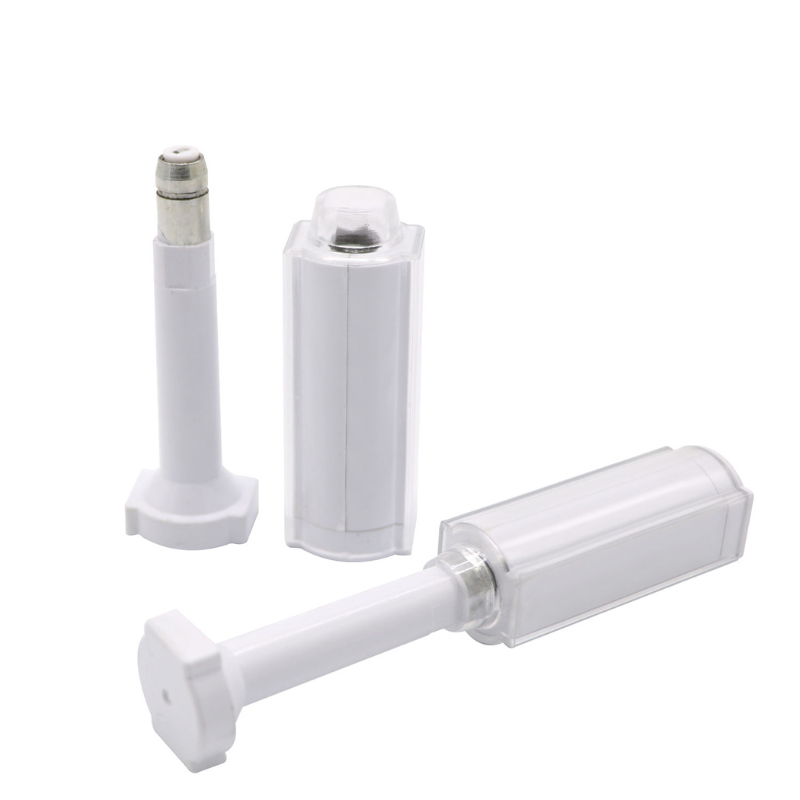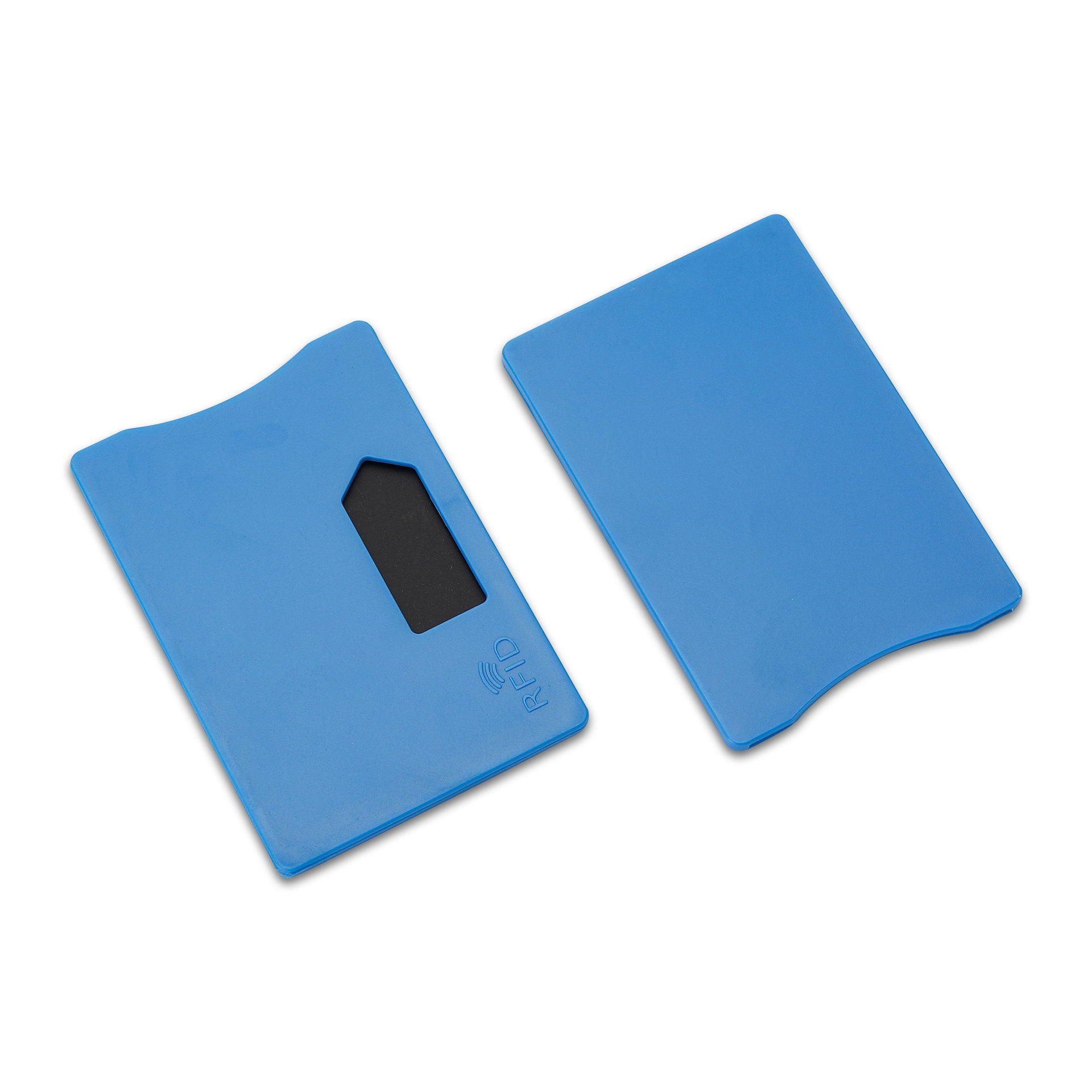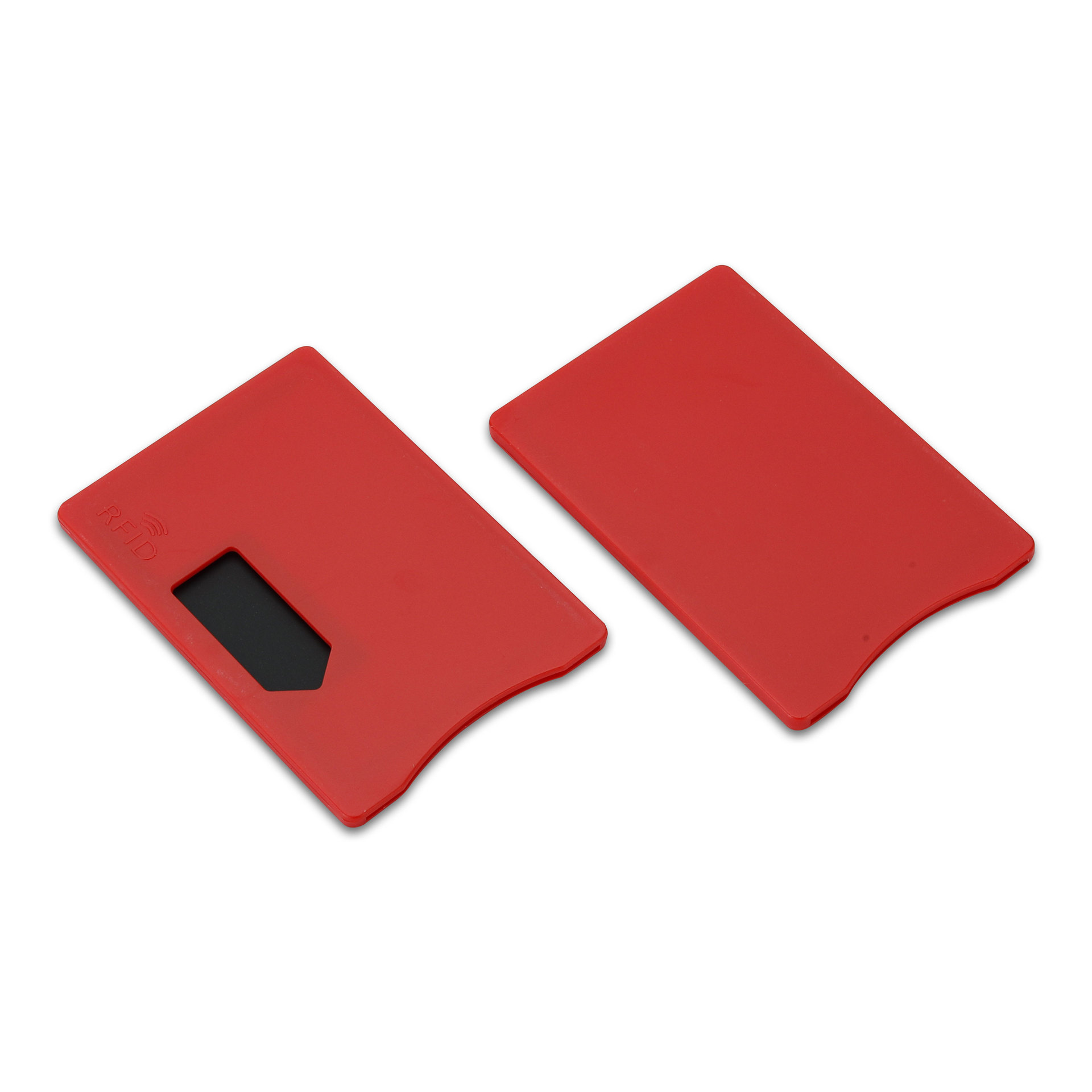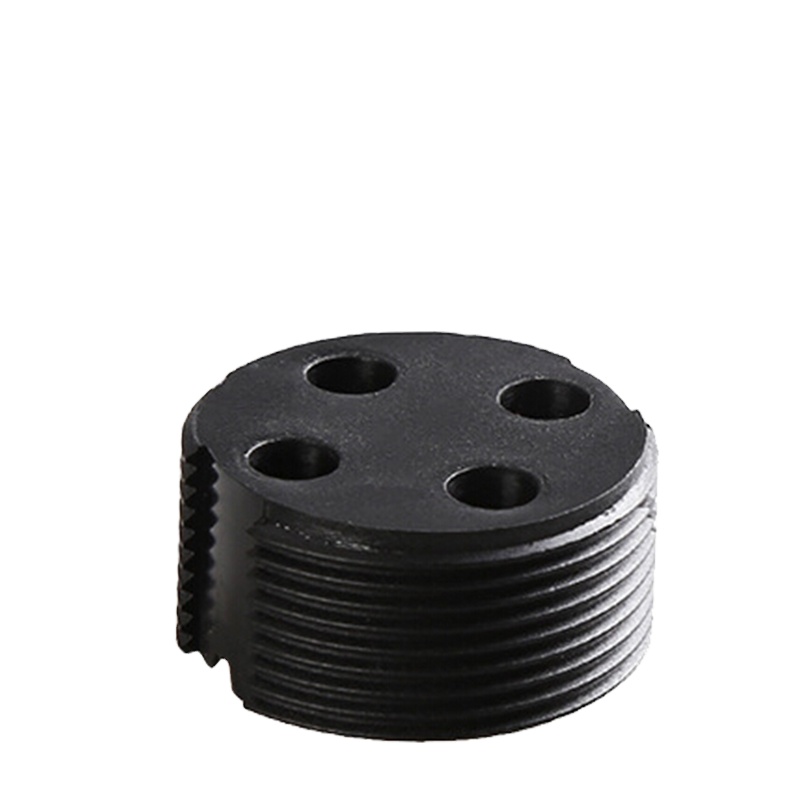
Bar Code and RFID Solutions: A Comparative Analysis
Table of Contents
Introduction to Barcode and RFID Technologies
However, this shift is not always an either-or scenario. Many industries, including healthcare, libraries, automotive, and aerospace, have found success in using both barcode and RFID technologies simultaneously. While legacy systems may rely on barcodes, the integration of RFID offers enhanced tracking and asset management capabilities. This article explores the advantages and limitations of each technology, providing a scientific and technological analysis of their applications.
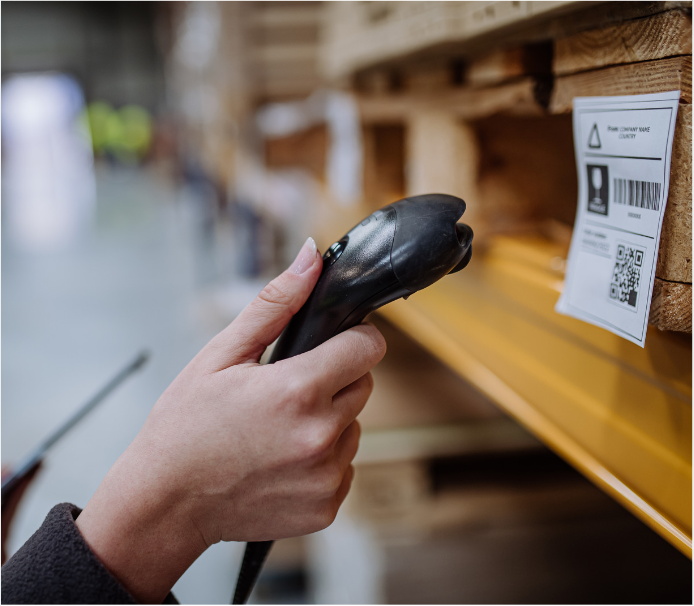
Understanding the Differences: Barcodes vs. RFID
Barcode Technology
Barcodes have long been a staple in various industries for product identification and tracking. They consist of a series of printed lines that represent data, which can be read by a barcode scanner. However, barcode technology has limitations that are becoming increasingly apparent in modern industrial applications.
RFID Technology
Radio Frequency Identification (RFID) is a more advanced technology that uses electromagnetic fields to automatically identify and track tags attached to objects. Unlike barcodes, RFID tags do not require a direct line of sight to be read, and they offer several advantages over traditional barcode systems.

Advantages of RFID Over Barcodes
Distance and Speed of Reading
One of the primary advantages of RFID technology is the ability to read tags at much greater distances. While barcode readers typically have a maximum range of 5 meters, RFID readers can pull information from a tag up to 100 meters away. Additionally, RFID readers can interrogate hundreds of tags per second, whereas barcode readers require a direct line of sight and are slower in comparison.
Feature | Barcode | RFID |
Line of Sight | Required | Not required |
Reading Distance | Up to 5 meters | Up to 100 meters |
Read Speed | Slower, due to line of sight | Faster, up to hundreds of tags/second |
Ruggedness | Susceptible to damage and environment | More rugged and environment-resistant |
Read/Write Capability | No | Yes |
Cost | Lower | Higher |
Ruggedness and Reusability
Barcodes are vulnerable to environmental factors such as dirt, scratches, snow, and frost, which can render them unreadable. RFID tags, on the other hand, are more rugged and can withstand harsh conditions, making them the preferred choice in applications like paint environments. Additionally, RFID tags offer read/write capabilities, allowing for dynamic information updates, unlike barcodes, which are static once printed.
Flexibility in Applications
RFID’s ability to function without a direct line of sight provides greater flexibility in various industrial applications. This is particularly beneficial in environments where items may not be properly oriented toward the reader or where quick scanning is required. RFID technology’s speed and efficiency are ideal for high-volume, fast-paced industries.
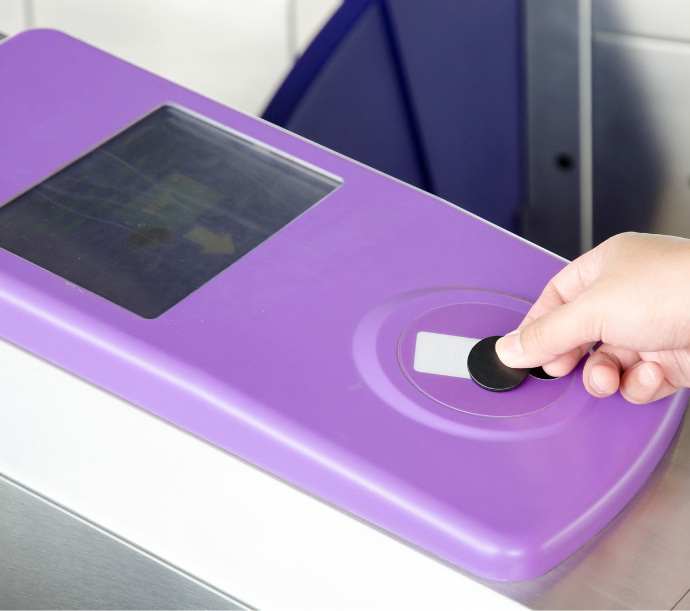
Integrating RFID with Legacy Barcode Systems
RFID in Healthcare, Libraries, and Manufacturing
Many industries are adopting RFID technology while maintaining their existing barcode systems. For example, healthcare facilities use RFID to track medical equipment and supplies, while libraries use it to manage inventory and streamline checkout processes. In manufacturing, RFID enhances tracking of automotive and aerospace parts, improving efficiency and accuracy.
RFID for Supply Chain Optimization
In supply chain management, RFID enables real-time tracking of goods, reducing the need for manual scanning and improving inventory accuracy. This integration allows businesses to benefit from both technologies, leveraging the strengths of each to optimize operations.
Conclusion: Balancing Cost and Efficiency
While RFID offers significant advantages over barcodes regarding range, speed, and durability, it is also more expensive. Therefore, businesses must carefully evaluate their needs and budget constraints when deciding between barcodes, RFID, or a combination of both. In many cases, the integration of RFID into existing barcode systems provides the best of both worlds, enhancing asset tracking and management capabilities while maintaining cost-effectiveness.
As industries continue to evolve, the adoption of RFID solutions is likely to increase, particularly in applications where speed, accuracy, and durability are critical. However, barcodes will continue to play a vital role in situations where cost and simplicity are the primary concerns.
Comments
Hot Products
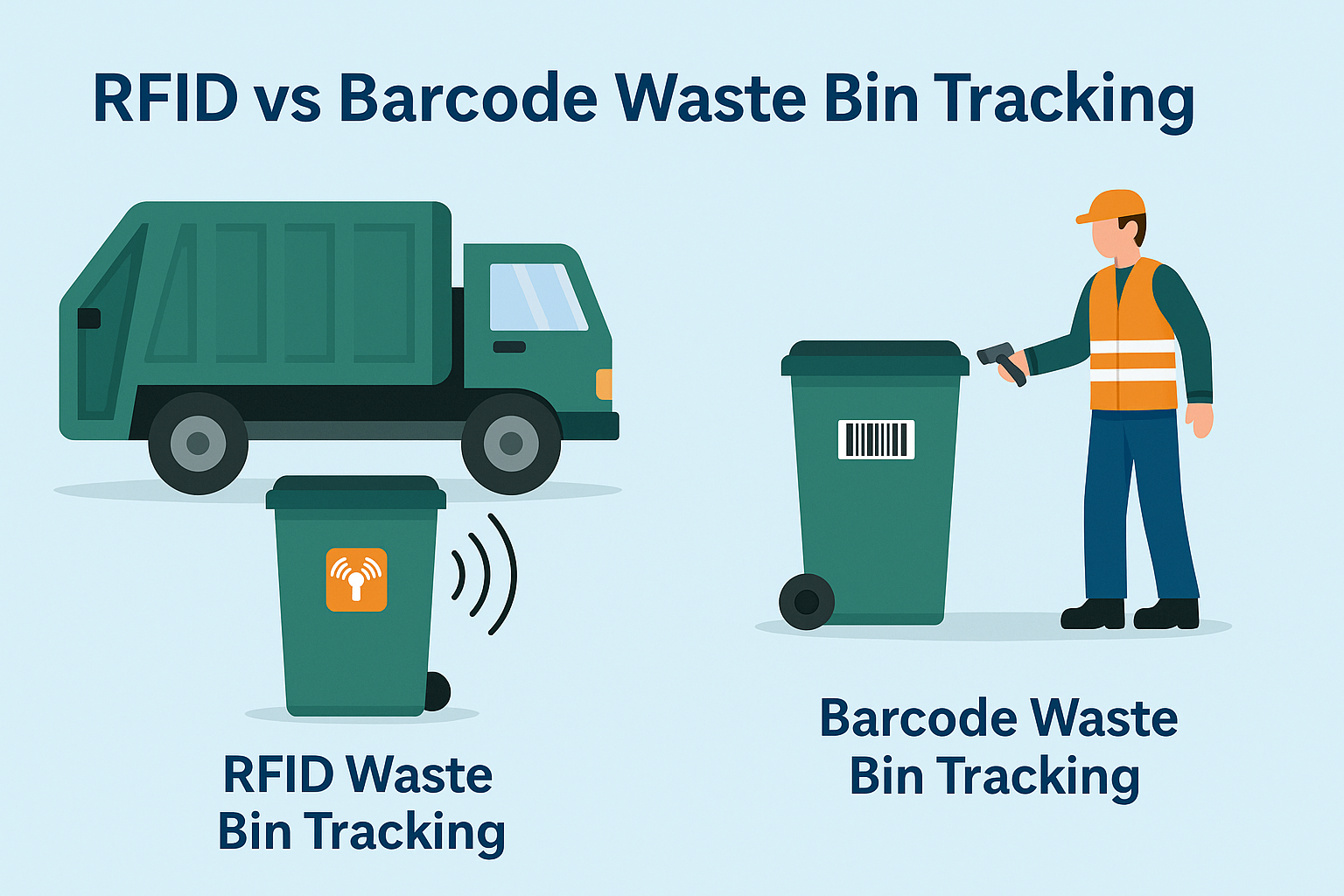
What Is RFID Waste Management
Imagine a city where every trash bin speaks — not literally — but through a tiny chip that tells the system when it’s full, when it’s emptied, and where it went. That’s what RFID waste management is doing today.

What are Bolt Seals and their Applications? | Complete Guide
In global trade and logistics, bolt seals play a crucial role in ensuring cargo security and compliance. These small but powerful devices are designed to lock shipping containers, trailers, and cargo doors with a tamper-evident mechanism.
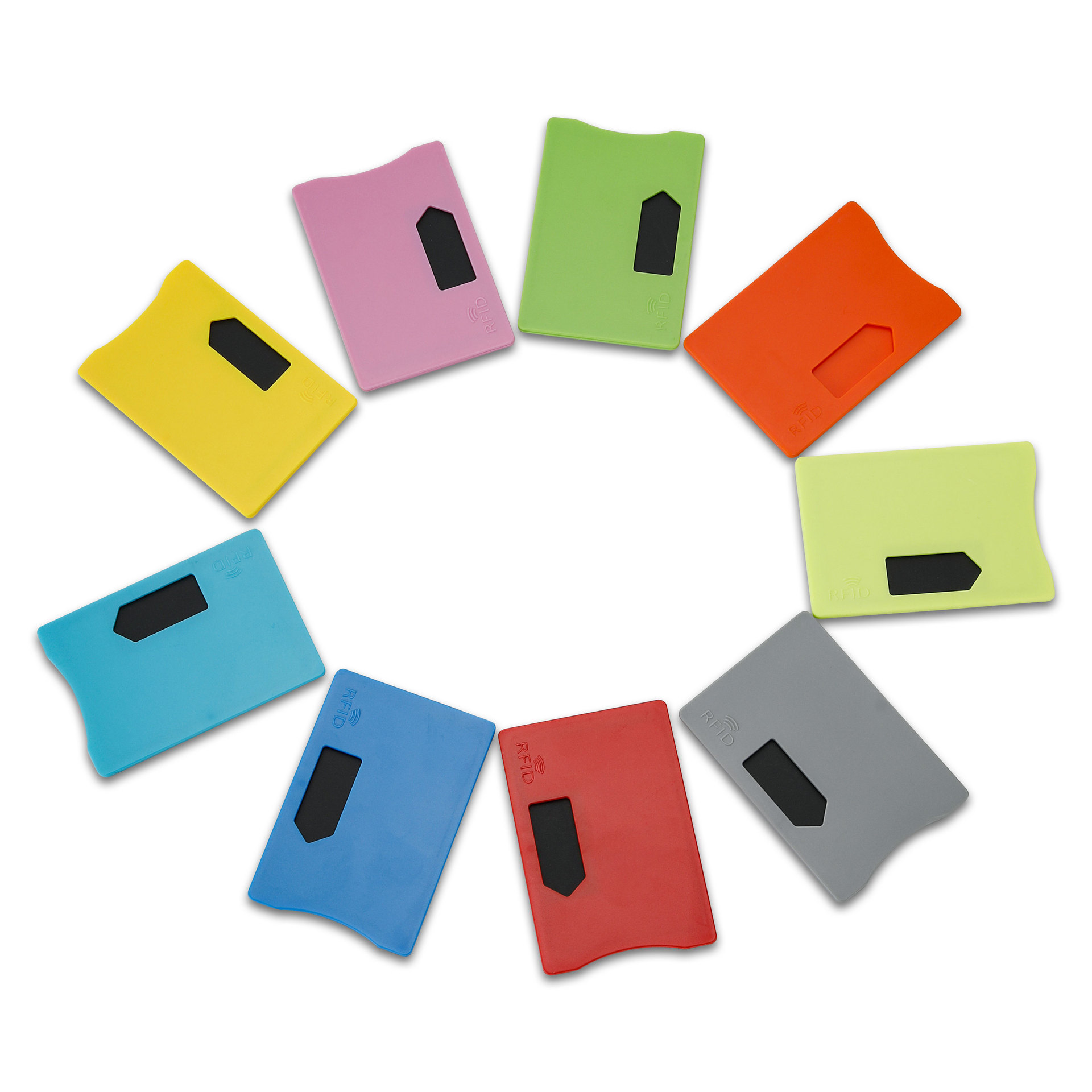
What is an RFID Card Protector? Benefits, Use Cases, and Buying Guide
RFID technology (Radio Frequency Identification) is everywhere: in your credit cards, ID badges, transit passes, hotel room keys, and more. It offers speed and convenience, but it also opens the door to a new kind of digital theft called “skimming.” That’s where an RFID card protector comes in.

RFID Wristbands for Events: Bulk Buying Guide for Organizers
RFID wristbands for events are becoming the go-to solution for organizers who need faster entry, fraud prevention, and cashless payments at concerts, festivals, and sports venues. Unlike paper tickets or QR codes, these smart wristbands use embedded chips to streamline access, secure transactions, and improve the guest experience.
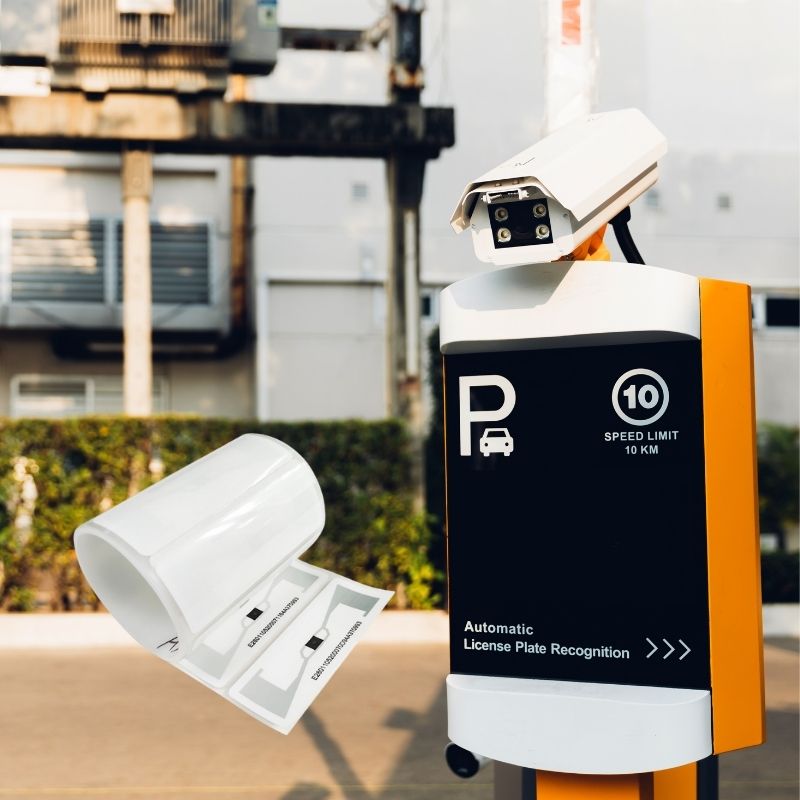
How RFID Tag on Windscreen Improves Vehicle Access Control and Toll Systems
In today’s fast-paced world, vehicle identification needs to be quick, secure, and contactless. An RFID Tag on the Windscreen provides exactly that — a reliable way to manage toll collection, parking, and gated access without stopping vehicles.
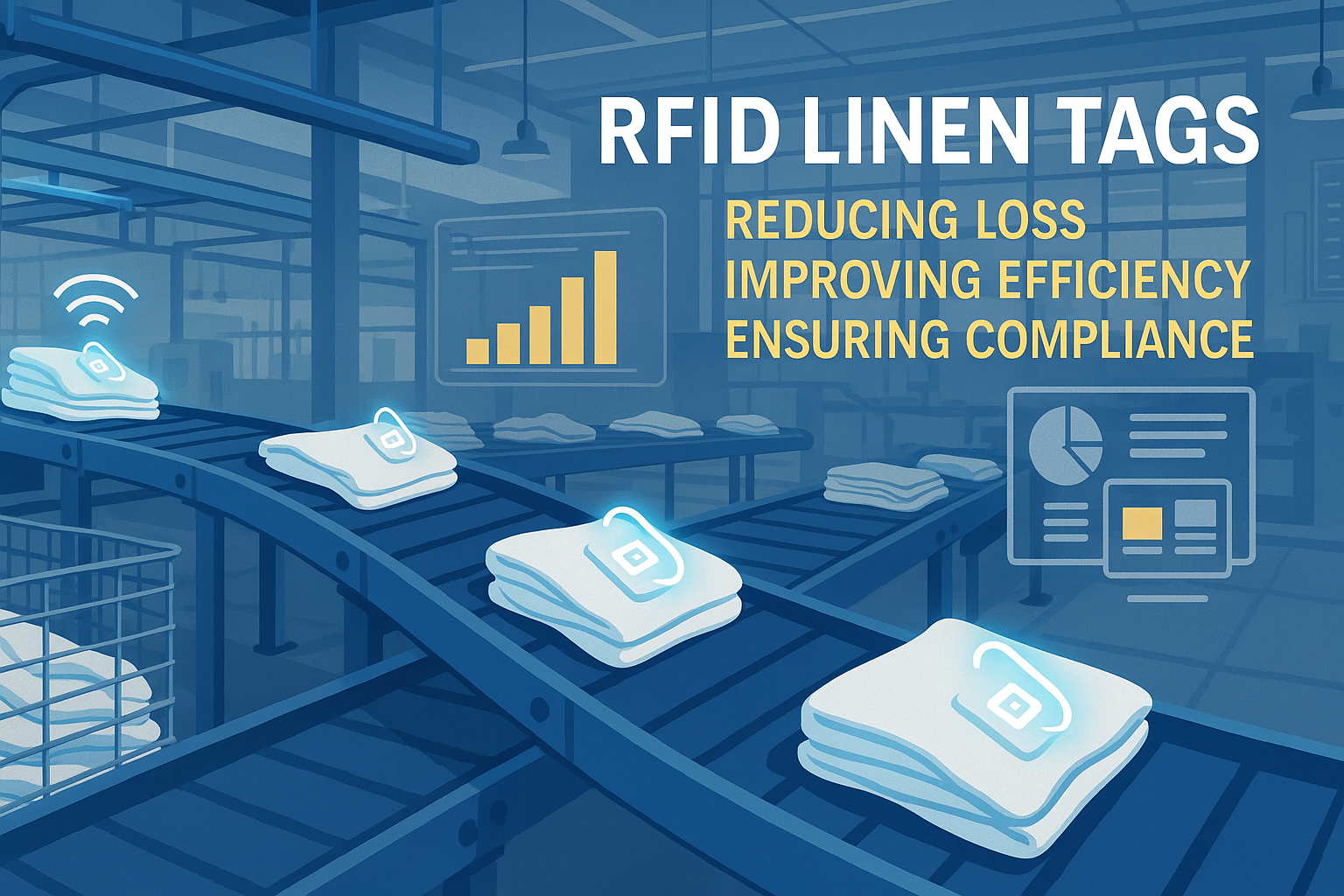
The Benefits of RFID Linen Tags in Commercial Laundry
Managing laundry in hospitals, hotels, or large laundry services is a big job. Each day, thousands of sheets, towels, and uniforms are washed, sorted, and sent back out. But problems like lost linens, sorting mistakes, and manual counting can cost companies a lot of money. For example, mid-sized hotels can lose over $200,000 each year from missing linens.
That’s where RFID Linen Tags come in.
Tags
RELATED BLOGS

What Is RFID Waste Management
Imagine a city where every trash bin speaks — not literally — but through a tiny chip that tells the system when it’s full, when it’s emptied, and where it went. That’s what RFID waste management is doing today.

What are Bolt Seals and their Applications? | Complete Guide
In global trade and logistics, bolt seals play a crucial role in ensuring cargo security and compliance. These small but powerful devices are designed to lock shipping containers, trailers, and cargo doors with a tamper-evident mechanism.

What is an RFID Card Protector? Benefits, Use Cases, and Buying Guide
RFID technology (Radio Frequency Identification) is everywhere: in your credit cards, ID badges, transit passes, hotel room keys, and more. It offers speed and convenience, but it also opens the door to a new kind of digital theft called “skimming.” That’s where an RFID card protector comes in.

